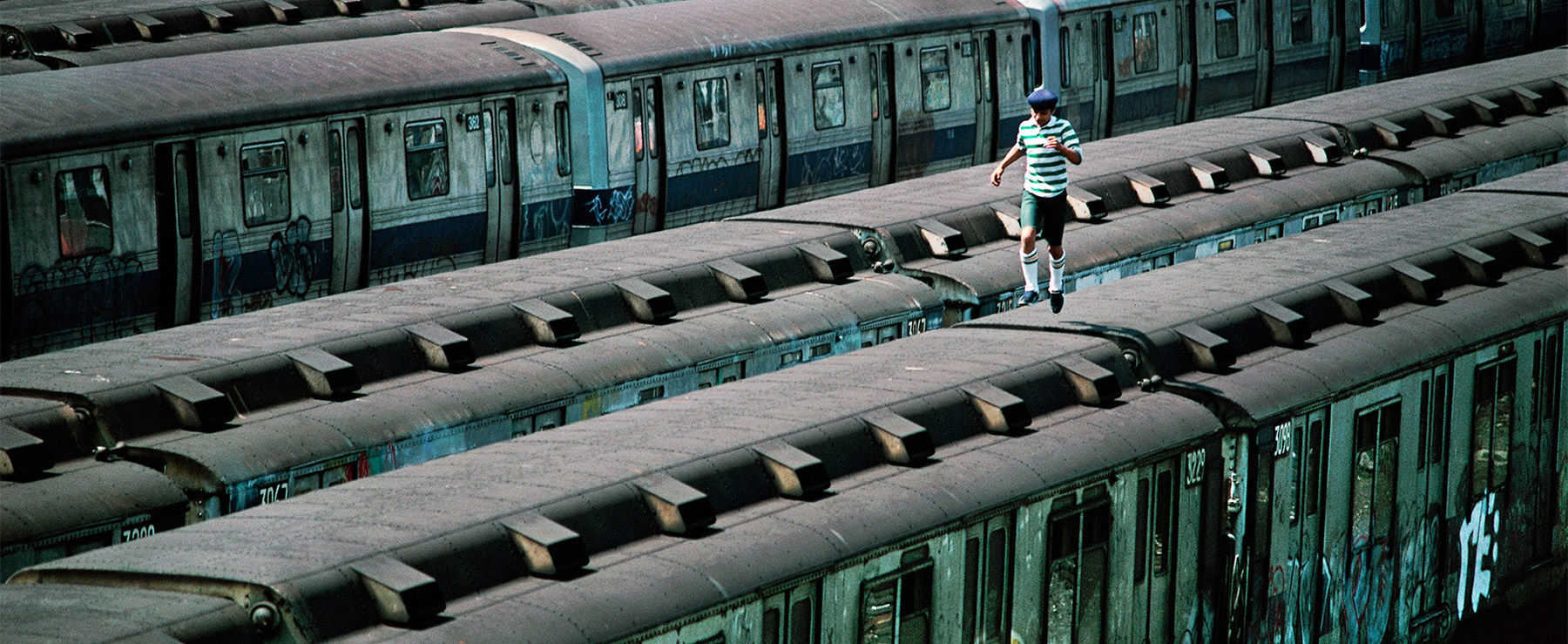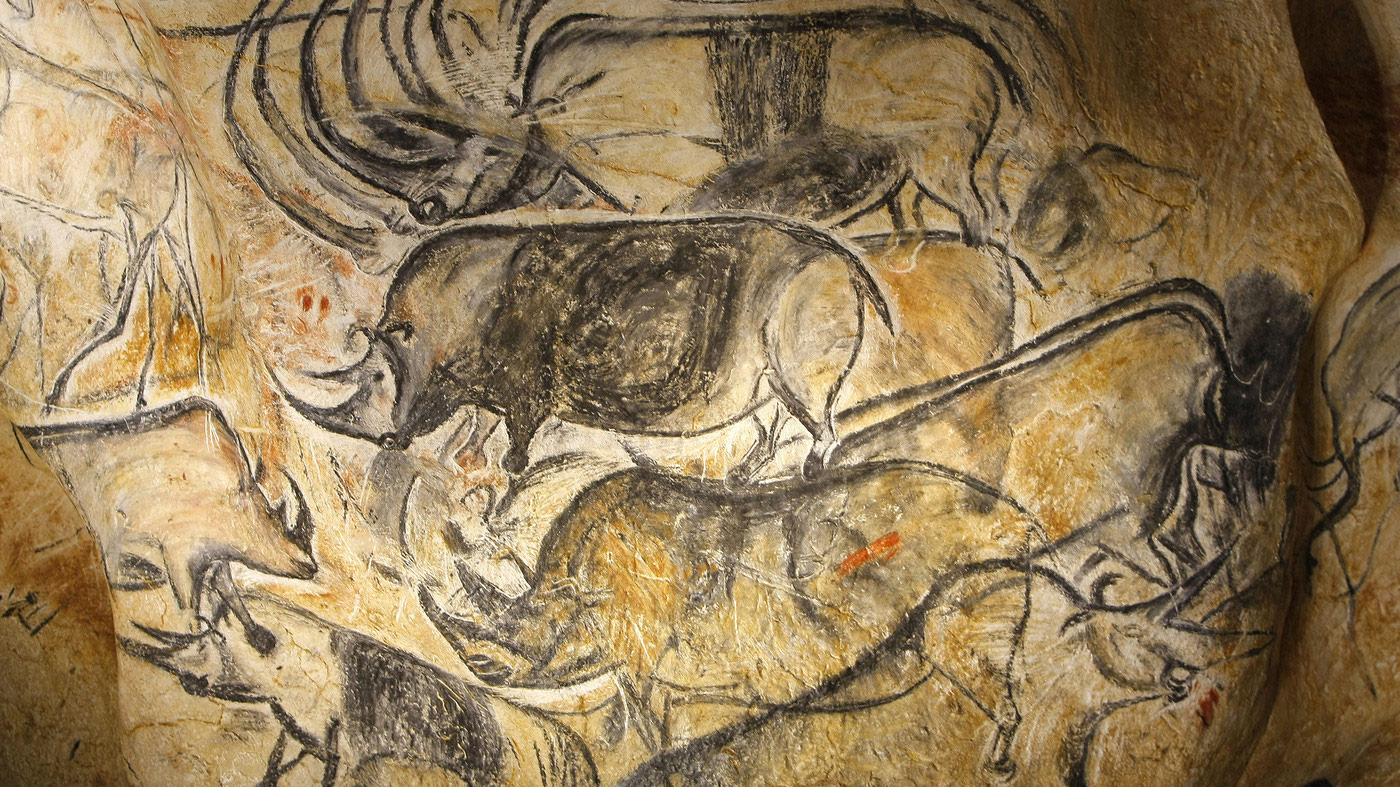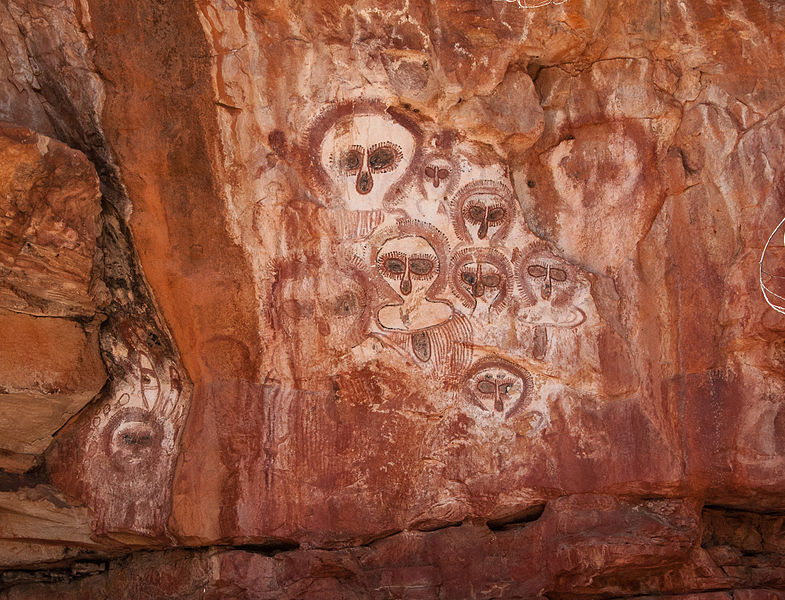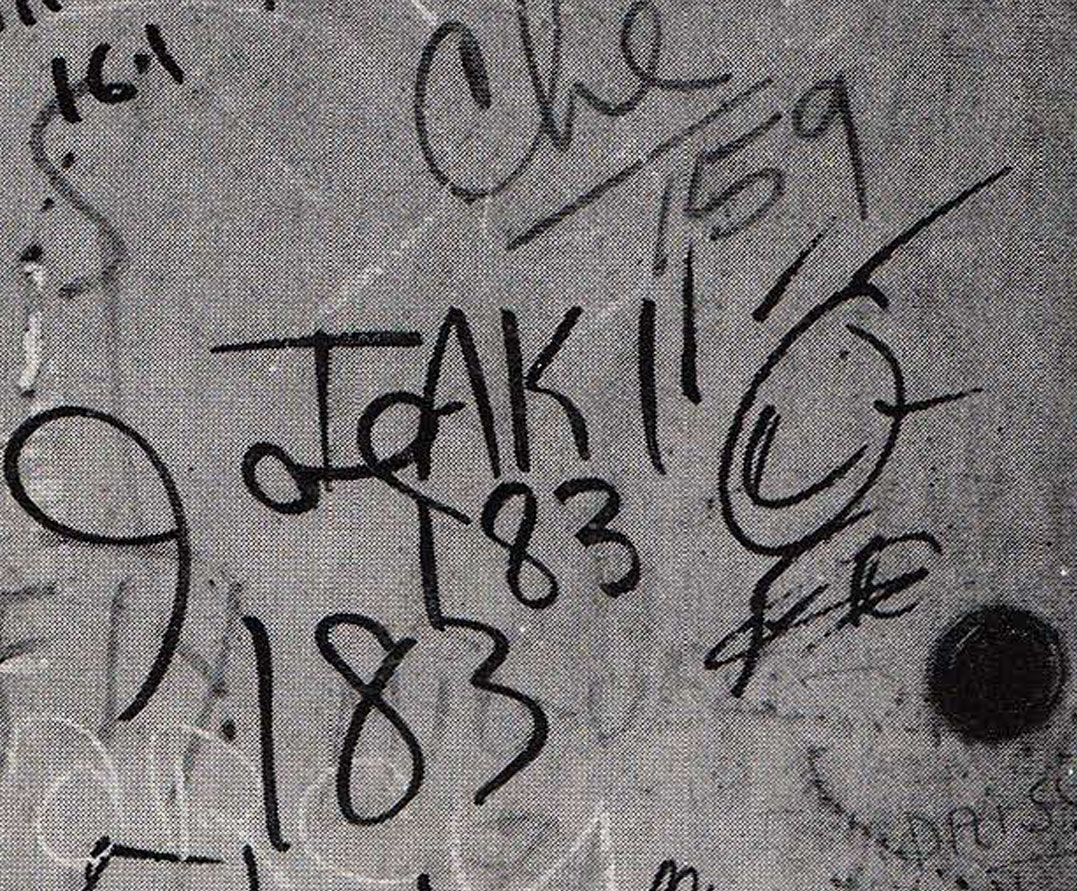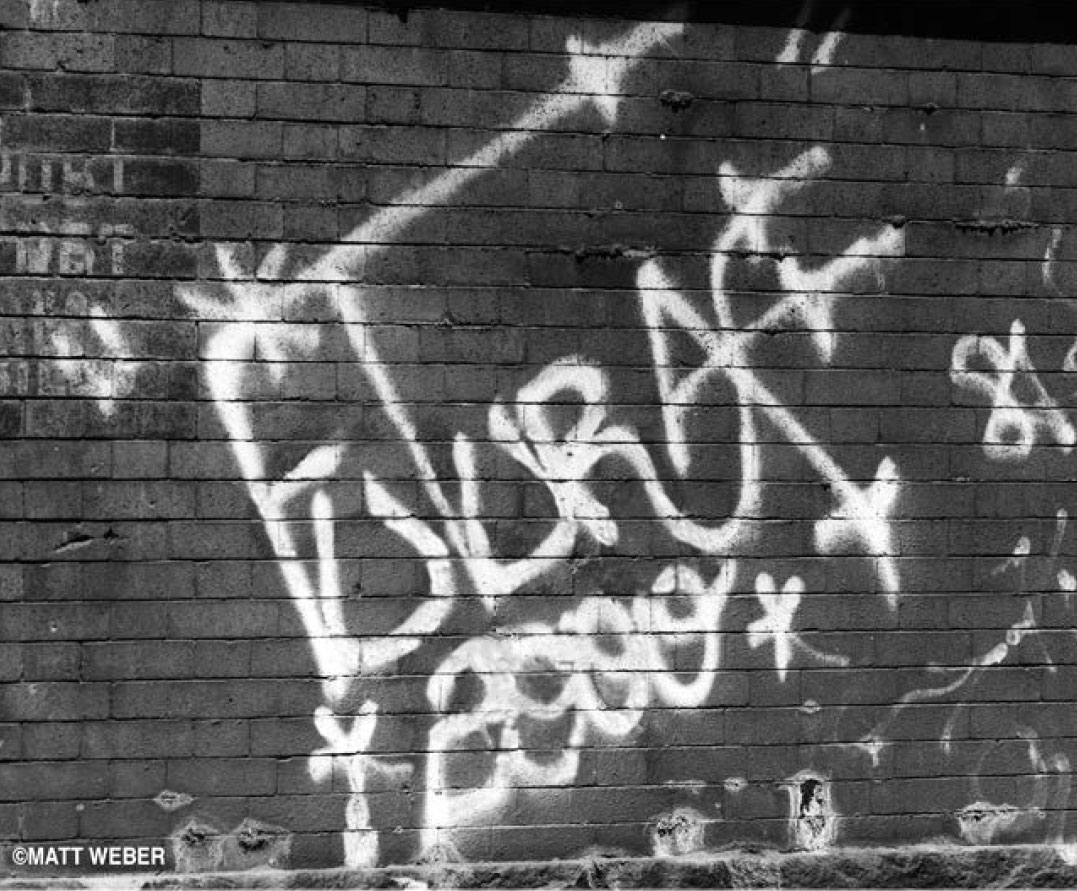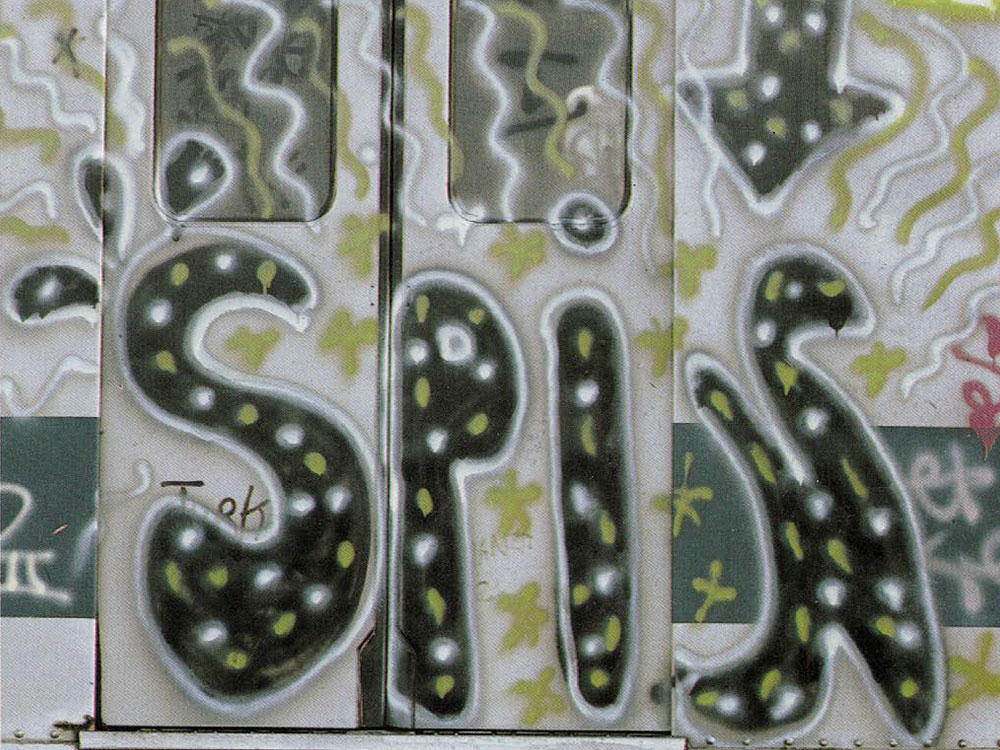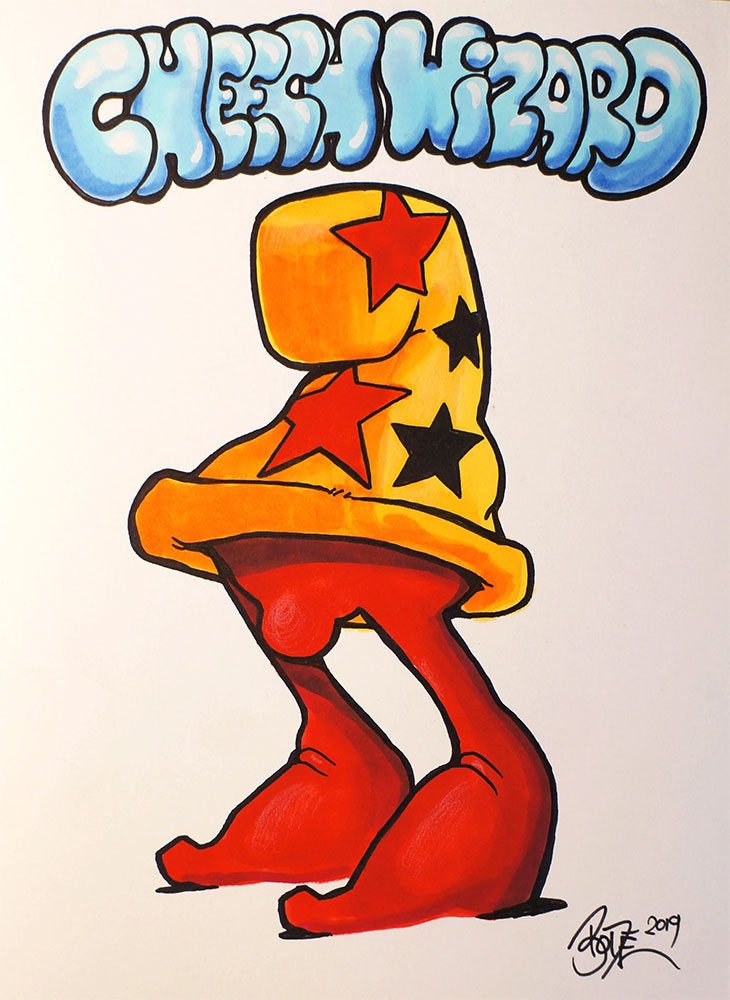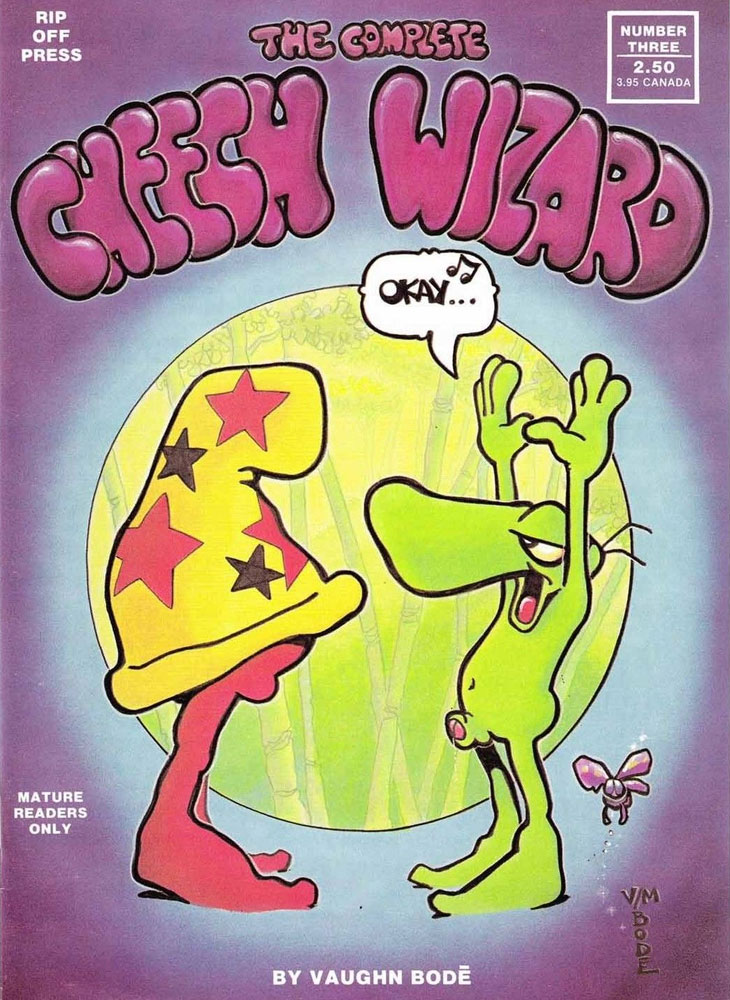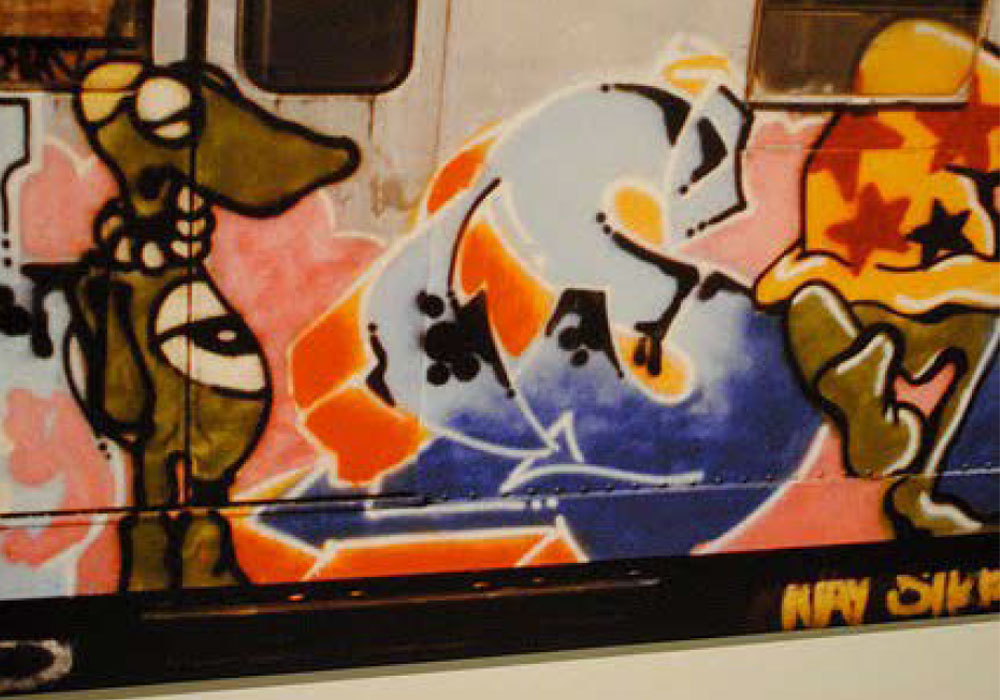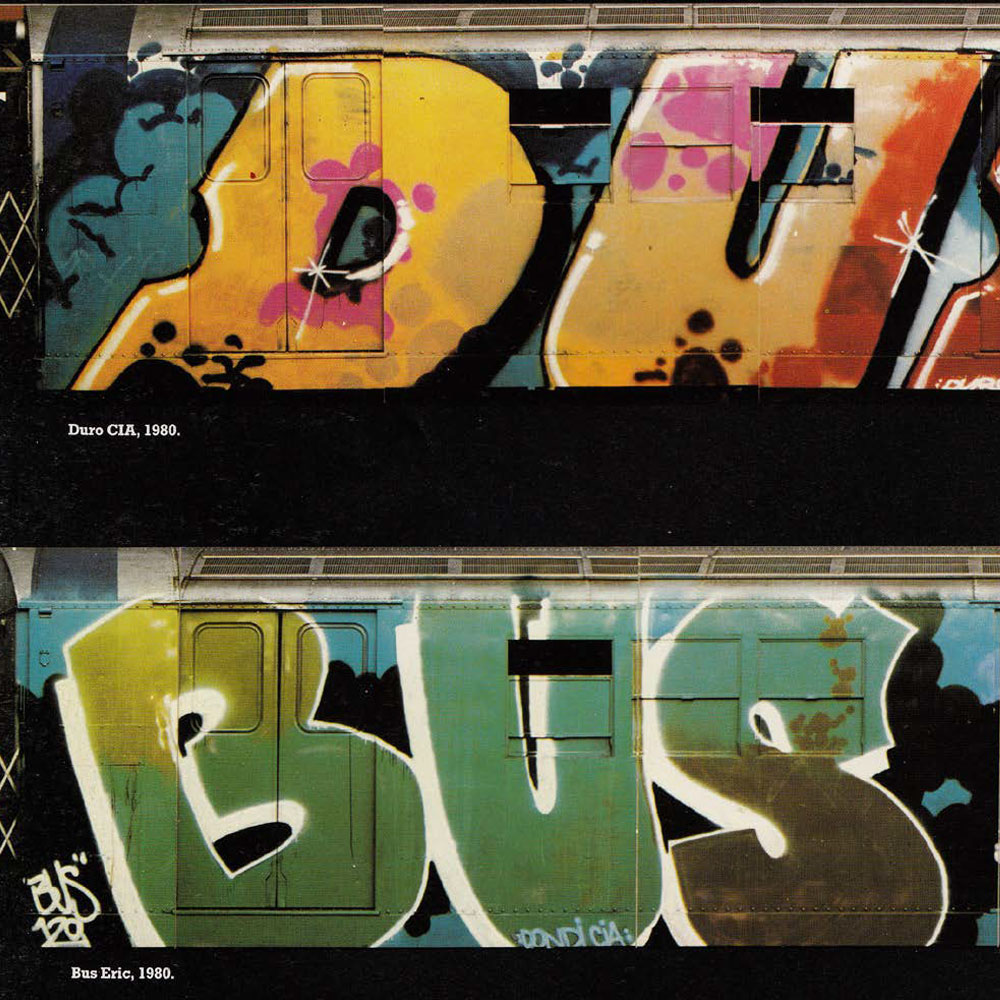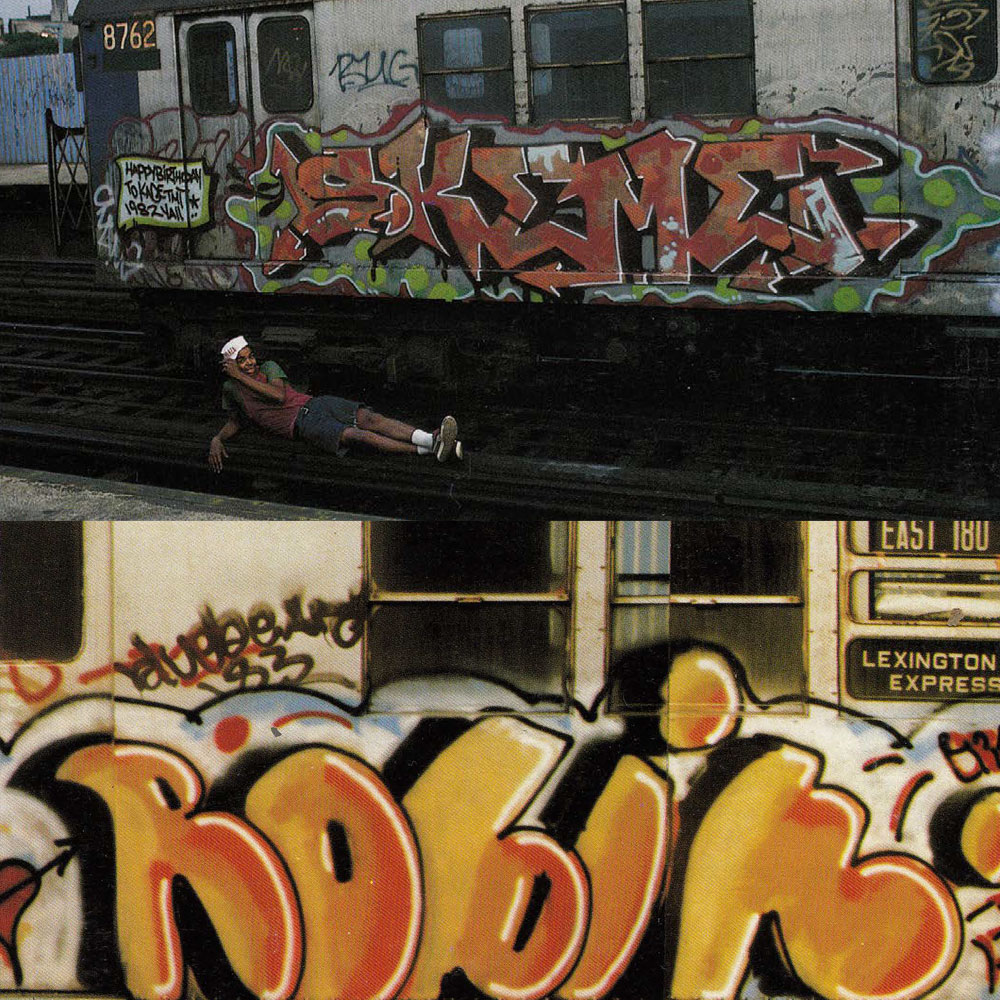The History of Graffiti
The History Of Graffiti
Humans have been writing and drawing on walls since the dawn of time. Look at the 30,000-year-old examples of cave art found in the Chauvet Cave in southern France, and the equally old Aboriginal rock art in Wunnumurra Gorge. Along with these incredibly ancient examples, archeologists have found an vast amount of graffiti that is over 2000 years old throughout the lost city of Pompeii. Much of what historians and archeologists know about the history of Pompeii today was learned from writing discovered on walls.
Graffiti has provided so much insight for archaeologists into ancient life that archaeologists have their own word for it, 'Graffito' meaning:
An ancient drawing or writing scratched on a wall or other surface (usually without permission and within public view).
While graffiti is inherent in all human cultures and throughout history, graffiti as we know it today started in New York in the late 1960s. The movement then was known as 'writing' (this is still a term we use today). It started with kids writing their names on walls and trains. It turned into a game of who could be 'up' the most (as in who's name or 'tag' was most publicly visible and prolifically written). As writing became more popular, writers had to become more creative with their designs to get noticed and stand out.
Early Tags - 1960s Graffiti Scene
Tags evolved in style and moved from street walls onto the inside and outside of trains. Writers could send their names to every suburb of New York City via the subway trains.
One of the earliest pioneers was Taki 183. Taki was the shortened version of his Greek Christian name, and 183 was his street number. Other famous early writers include 'Phase 2', and 'Futura 2000', some of the first to push creativity into writing.
Early Graffiti 'Pieces' - 1970s Graffiti Scene
Tags evolved from names on walls into massive, multicoloured masterpieces with thick letters with outlines and decorations that became known as 'pieces.'
Writers had the perfect space for putting up a piece – the outer panels of trains. Some writers chose to paint tags or pieces or both. It was all about being 'up' and getting your name seen, be it in the form of tags or pieces. Fame came from getting up.
Before rappers earned fame busting rhymes at local jams, writers were the celebrities of the ghetto and on the street.
Graffiti Characters
In the 1970s, writers started using highlights and shadows on their lettering to create three-dimensional effects on their pieces. Through this period, the graffiti style developed and evolved, and along with pieces, characters appeared. Cartoon-style characters provided a way for writers to stand out from others.
No history of graffiti would be complete without a mention of American underground comic artist Vaughn Bode. His cartoon style was and still is very popular among graffiti artists and is still referenced by many in their graffiti practice today. His wacky, out of this world characters Puck and Cheech Wizard can be found on thousands of walls worldwide.
Graffiti Evolution - 1970s - 1980s
The movement of train writing and getting up continued to grow globally throughout the 70s, 80s and 90s. Graffiti sub-culture spread to nearly all major cities in the western world. One of the core reasons for its worldwide adoption came from a book called 'Subway Art'. The book was created by two highly respected New York photographers, Henry Chalfant and Martha Cooper. It documented the NYC train scene for years and would become a bible for writers all over the planet.
In the early 1990s, New York was suffering from a rampant crime wave. Murders, burglaries, drug deals, grand theft auto and gang violence consumed the city, making it an unsafe and unpleasant place to live. Mayor Rudolph Giuliani understood the city's pent-up demand for public order, cracking down on crime, and pledging to clean up the graffiti on the subway system. The crackdown signalled the end of an era, but by then, the graffiti subculture had spread worldwide and is as popular today as it ever was.
Modern Graffiti
Having a good 'handstyle' is the first achievement for a graffiti artist. Tag letters show your style and who you are. Remember tags are just names, designed to be put up fast and at volume. How your tag is executed needs to be thought out and perfected.
Modern handstyles have evolved into something called Calligraffiti - a combination of tagging and calligraphy. The tag has also evolved in a similar script style that some artists solely specialise in.
Today graffiti pieces are genuine pieces of art consisting of crazy unique styles from abstract to photorealism. Despite the plethora of styles, the principles of a piece have remained the same since it all began.
Today, graffiti artists use light, perspective and intense, realistic detail to create illusions of space and shape. While the traditional 'b-boy' style characters of the 80s are still popular, photorealism has been the main change to character design in the modern era.
Graffiti Today
Today it is hard to tell the difference between traditional murals and modern street art. Sometimes a piece can have no letters and just be a character or a setting, colours or shapes blending into a familiar scene that triggers an emotion, similar to all art, but the artist still signs their name.
Before the internet, graffiti writers had pen-pals with whom they exchanged sketches and photos of street art in their local area. When Subway Art was published in 1984 by Martha Cooper and Henry Chalfant, the street art scene exploded rapidly around the globe. Shortly after, in 1987, Henry Chalfant with James Prigoff went on to publish Spray Can Art which was equally as popular.
Other fantastic, more recent publications include Kings Way, published in 2009 by Duro Cabrillo, Martin Harvey, and Karl Stamer and Wildfire, published in 2021 by David Houston, that celebrate and document the history of graffiti in Australia.
Writers are inherently good at getting their names out there, but there are some graffiti champions who do so much to spread this art form and the work of local writers far and wide. We couldn't publish a piece without making mention of a true champion of graffiti in our city of Melbourne - Dean Sunshine. Dean documents pieces from all over the city and publishes his photos through his social channels.
Today, with the evolution of social media, Instagram has become the world's largest public gallery of street art and the place for artists worldwide to connect, share, and be inspired.
Talk to us about incorporating graffiti education in to your school or college.
We run tailored graffiti and street art education for schools, universities, community and youth groups and more. Learn more, get in touch or download our graffiti education info pack.

Our Services
- MuralsGraffiti and street art murals for anywhere - hospitality, office, residential...01
- Brand ActivationsBranded live graffiti for product launches & brand activations. 02
- EventsLive artwork production by graffiti and street artists for events.03
- Removable ArtStreet art and graffiti prints, canvases and wallpaper.04
- DesignLogos, rebranding, graffiti and street art graphic design for print and digital.05
- WorkshopsLearn to paint with a spray can via a graffiti workshop experience.06
- Content CreationFilm a mural being painted and share the content on socials.07
- MaintenanceCare and upkeep of outdoor and indoor graffiti and street art murals.08
Read more about our services. Learn about our process.
